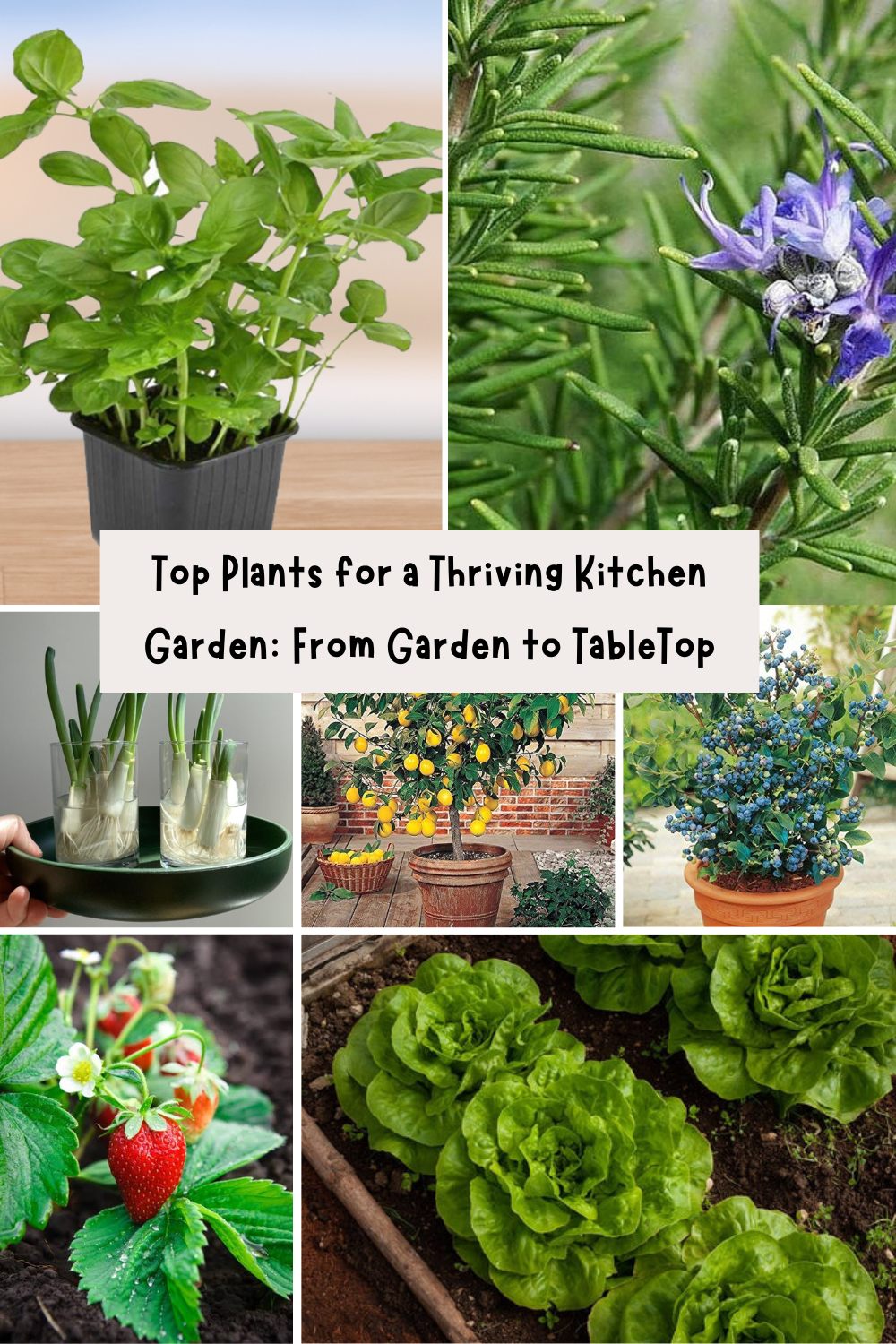Welcome to our plants for kitchen garden blog, where we explore the joys of growing your own fresh herbs, vegetables, and fruits. Discover the best plants for your kitchen garden, learn expert tips on planting and maintenance, and turn your cooking into a farm-to-table experience with homegrown ingredients right at your fingertips.
1. Herbs
Basil
- Culinary Uses: Perfect for Italian dishes, salads, and pestos.
- Growing Conditions:
- Light: Requires plenty of sunlight; at least 6-8 hours of direct sun per day.
- Soil: Prefers well-drained, nutrient-rich soil.
- Watering: Needs regular watering but avoid waterlogging.
- Container: Grows well in pots; ensure the pot has drainage holes.
- Tips: Pinch off flowers to encourage leaf growth. Harvest leaves regularly to promote new growth.
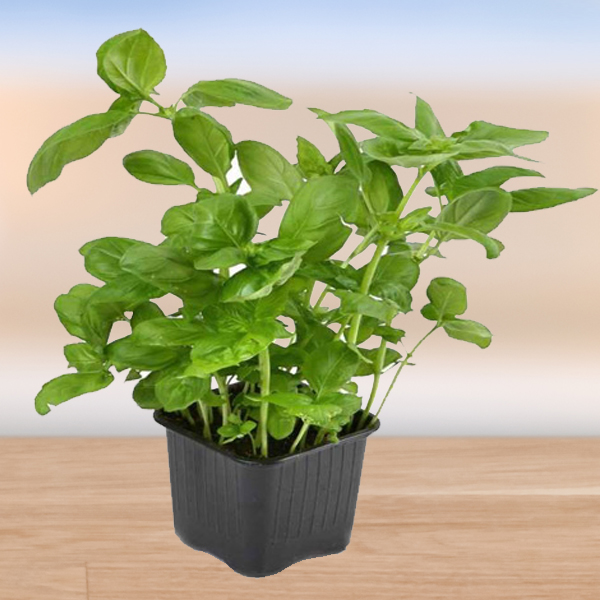
Parsley
- Culinary Uses: A versatile herb used in many cuisines, from garnishes to main dishes.
- Growing Conditions:
- Light: Thrives in partial shade but can also tolerate full sun.
- Soil: Prefers well-drained, fertile soil.
- Watering: Keep the soil moist but not waterlogged.
- Tips: Harvest leaves from the outer parts of the plant. Parsley can be grown indoors on a sunny windowsill.

Mint
- Culinary Uses: Great for teas, desserts, and garnishes.
- Growing Conditions:
- Light: Prefers partial shade but can grow in full sun.
- Soil: Likes moist, well-drained soil.
- Watering: Keep the soil consistently moist.
- Container: Best grown in a container to prevent it from spreading invasively.
- Tips: Cut back regularly to prevent legginess. Can be propagated easily from cuttings.

Rosemary
- Culinary Uses: Ideal for roasting meats and vegetables.
- Growing Conditions:
- Light: Prefers a sunny spot; at least 6-8 hours of direct sun per day.
- Soil: Needs well-drained soil, tolerates poor soil conditions.
- Watering: Water sparingly; let the soil dry out between waterings.
- Tips: Prune regularly to maintain shape and encourage bushier growth. Can be grown indoors in a bright location.

Cilantro
- Culinary Uses: Essential for salsas, curries, and Asian dishes.
- Growing Conditions:
- Light: Prefers cooler weather and partial shade.
- Soil: Thrives in well-drained, moist soil.
- Watering: Keep the soil evenly moist.
- Tips: Sow seeds directly in the ground or in a container as it does not transplant well. Harvest leaves regularly to prevent the plant from bolting (going to seed).
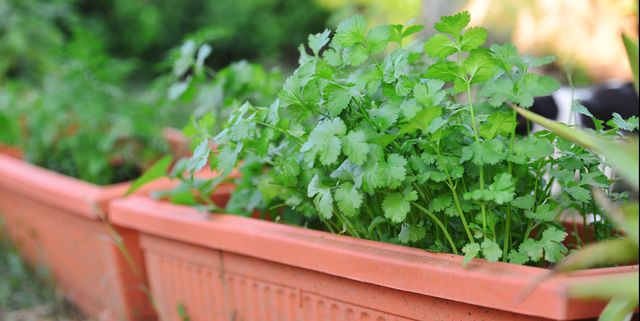
2. Vegetable
Tomatoes
- Culinary Uses: A staple in many dishes, from salads to sauces.
- Growing Conditions:
- Light: Require plenty of sunlight; at least 6-8 hours of direct sun per day.
- Soil: Prefer well-drained, nutrient-rich soil.
- Watering: Keep soil consistently moist but not waterlogged.
- Support: Need support for their vines, such as stakes, cages, or trellises.
- Tips: Plant deeply to encourage strong root growth. Prune suckers (side shoots) to improve air circulation and sunlight penetration.

Lettuce
- Culinary Uses: Fast-growing and versatile, perfect for salads and sandwiches.
- Growing Conditions:
- Light: Prefers cooler temperatures and partial shade.
- Soil: Thrives in well-drained, fertile soil.
- Watering: Keep soil consistently moist but avoid waterlogging.
- Tips: Plant in succession every two weeks for continuous harvest. Harvest leaves from the outer part of the plant for multiple harvests.

Bell Peppers
- Culinary Uses: Versatile and colorful, perfect for salads, stir-fries, and stuffing.
- Growing Conditions:
- Light: Need full sun; at least 6-8 hours of direct sunlight per day.
- Soil: Prefer well-drained, fertile soil.
- Watering: Water regularly, keeping the soil evenly moist.
- Tips: Start seeds indoors 8-10 weeks before the last frost date. Use stakes or cages to support the plants as they grow.
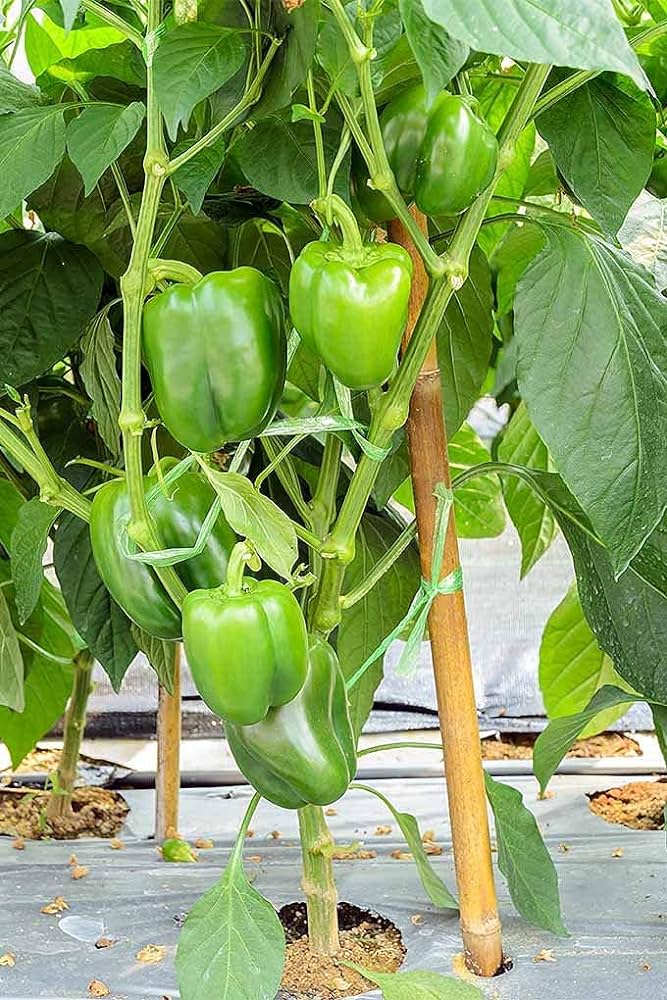
Carrots
- Culinary Uses: Great for snacking and cooking, versatile in many dishes.
- Growing Conditions:
- Light: Prefer full sun but can tolerate partial shade.
- Soil: Require deep, loose soil for proper root development; free of stones and clumps.
- Watering: Keep soil consistently moist, especially during germination.
- Tips: Thin seedlings to prevent overcrowding and promote better root growth. Sow seeds directly into the garden as carrots do not transplant well.

Cucumbers
- Culinary Uses: Ideal for salads, pickling, and refreshing summer dishes.
- Growing Conditions:
- Light: Need plenty of sunlight; at least 6-8 hours of direct sun per day.
- Soil: Prefer well-drained, fertile soil.
- Watering: Keep soil consistently moist but avoid waterlogging.
- Space: Need plenty of space or a trellis to climb.
- Tips: Plant in rows or hills with ample space between them to allow for growth. Mulch to maintain soil moisture and reduce weeds.

3. Fruits
Strawberries
- Culinary Uses: Sweet and perfect for desserts, smoothies, or snacking.
- Growing Conditions:
- Light: Require plenty of sunlight; at least 6-8 hours of direct sun per day.
- Soil: Prefer well-drained, slightly acidic soil.
- Watering: Keep soil consistently moist but avoid waterlogging.
- Container: Grow well in containers or hanging baskets.
- Tips: Plant strawberries in early spring. Mulch around plants to retain moisture and reduce weeds. Regularly remove runners to prevent overcrowding.
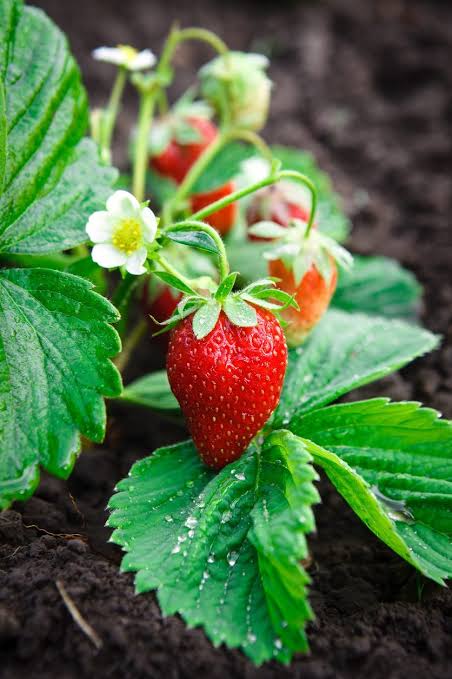
Lemons (Dwarf Varieties)
- Culinary Uses: Ideal for adding a citrusy zest to dishes, drinks, and desserts.
- Growing Conditions:
- Light: Need a sunny spot; at least 6-8 hours of direct sunlight per day.
- Soil: Require well-draining soil; slightly acidic soil is ideal.
- Watering: Water regularly, allowing the soil to dry out slightly between waterings.
- Container: Suitable for growing in pots; ensure the pot has good drainage.
- Tips: Bring containers indoors in colder climates during winter. Fertilize regularly with a citrus-specific fertilizer. Prune to maintain size and shape.
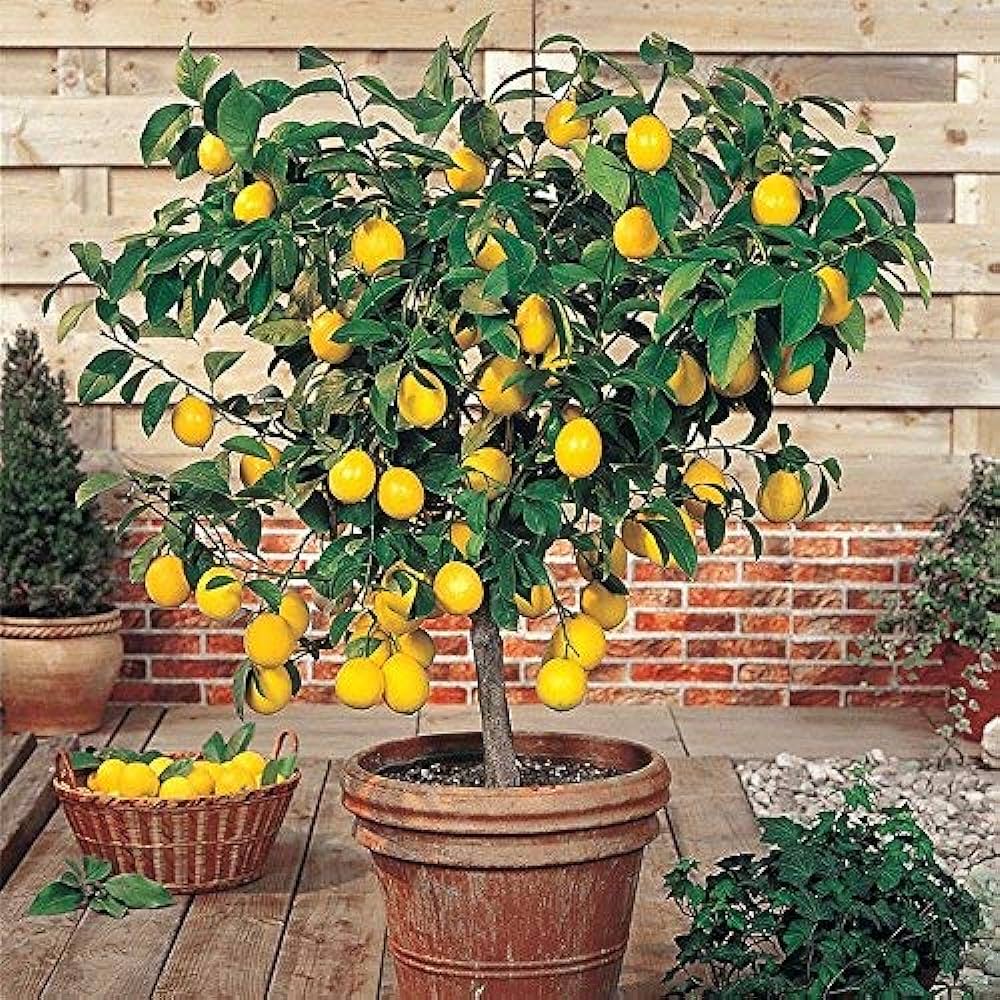
Blueberries
- Culinary Uses: High in antioxidants, great for baking, smoothies, or eating fresh.
- Growing Conditions:
- Light: Require full sun; at least 6-8 hours of direct sun per day.
- Soil: Need acidic soil with a pH between 4.5 and 5.5.
- Watering: Keep soil consistently moist but well-drained.
- Tips: Plant more than one variety for better pollination and higher yields. Mulch to maintain soil moisture and temperature. Protect from birds with netting or other deterrents.
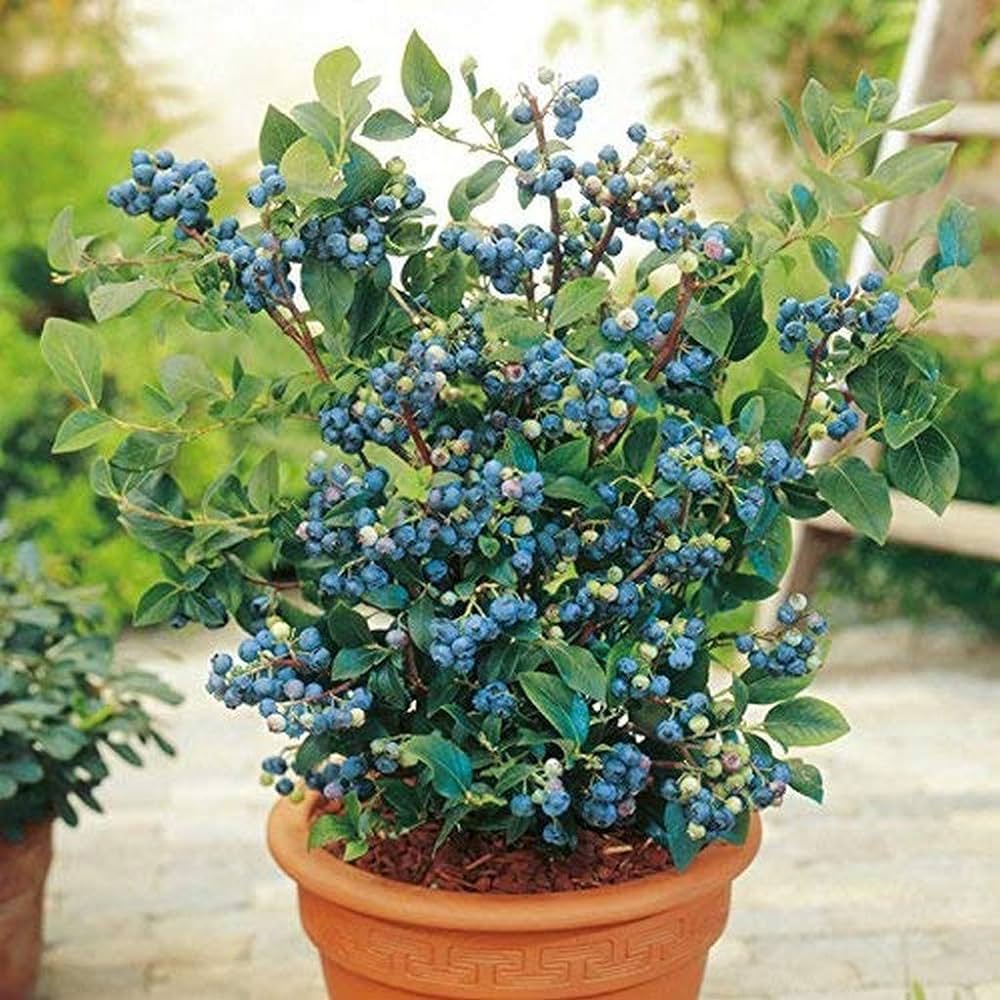
4. Other Considerations
Green Onions (Scallions)
- Culinary Uses: Easy to grow and harvest, great for garnishes, salads, soups, and stir-fries.
- Growing Conditions:
- Light: Prefer full sun but can tolerate partial shade.
- Soil: Thrive in well-drained, fertile soil.
- Watering: Keep soil consistently moist but not waterlogged.
- Tips: Can be regrown from the base of store-bought onions by placing the roots in water until new shoots appear, then transplanting into soil. Harvest when they reach a suitable size, about 8-12 inches tall.
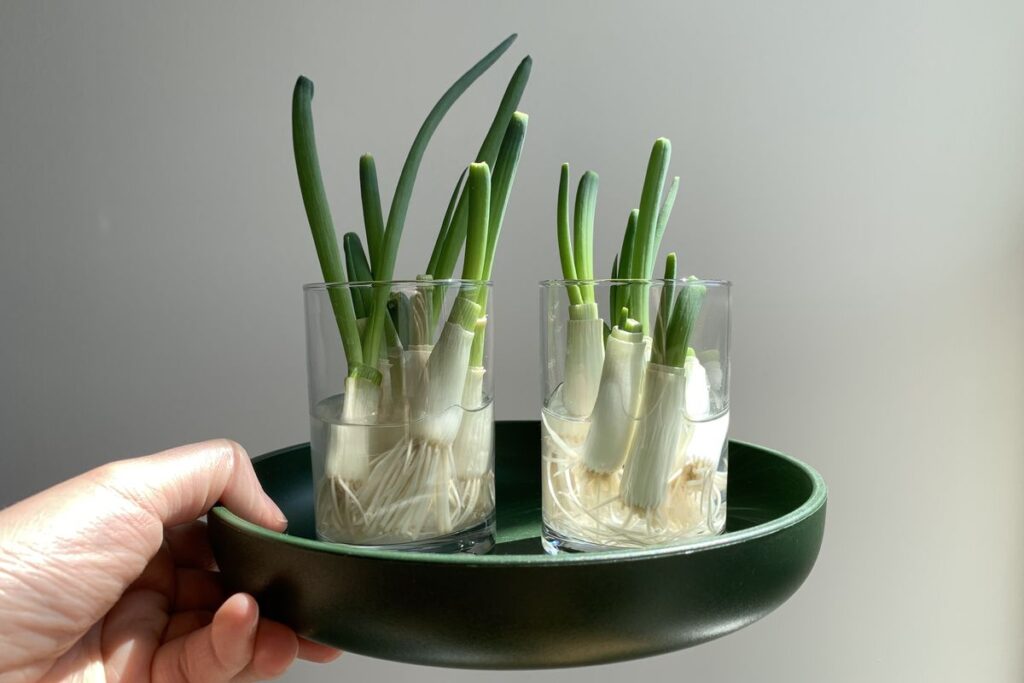
Radishes
- Culinary Uses: Fast-growing and perfect for salads, sandwiches, and garnishes.
- Growing Conditions:
- Light: Prefer full sun but can tolerate partial shade, especially in warmer climates.
- Soil: Require loose, well-drained soil.
- Watering: Keep soil consistently moist.
- Tips: Best grown in cooler weather; plant in early spring and fall. Can be harvested in as little as three weeks from planting. Thin seedlings to ensure proper root development.
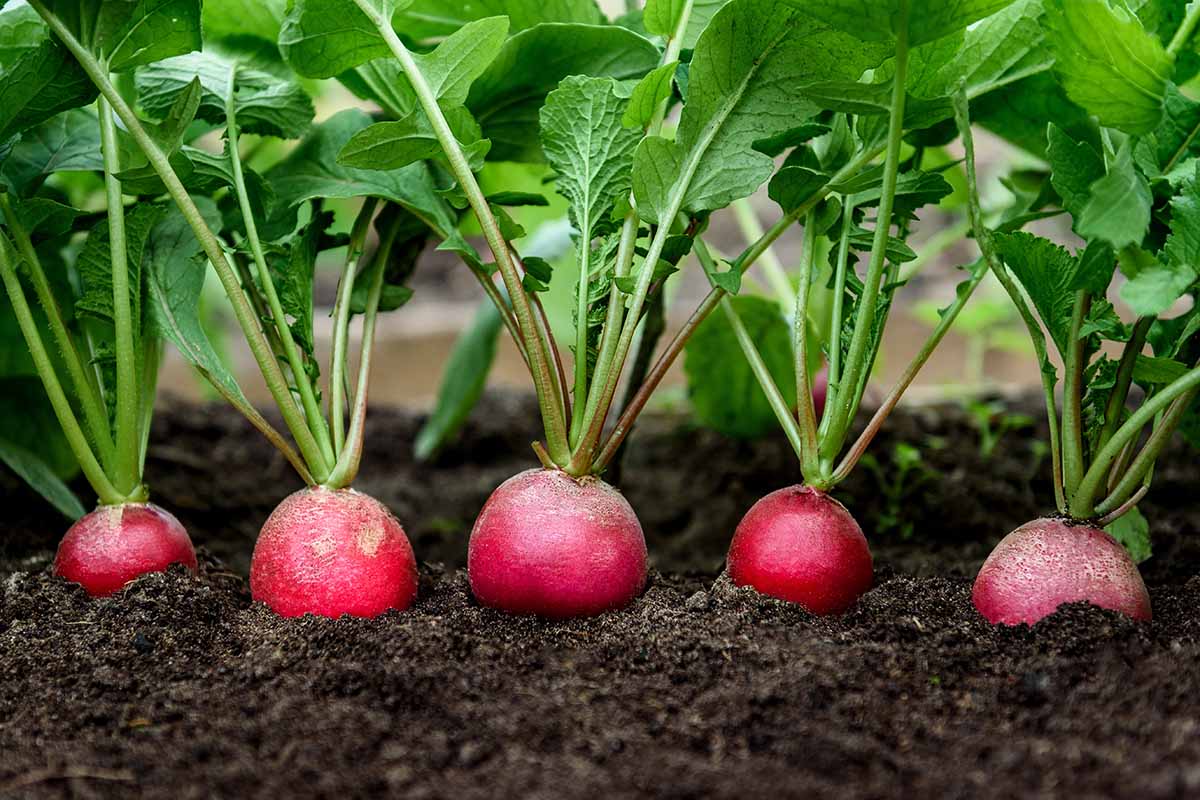
Spinach
- Culinary Uses: Nutritious and great for salads, soups, smoothies, and sautéed dishes.
- Growing Conditions:
- Light: Prefers cooler temperatures and partial shade.
- Soil: Thrives in well-drained, fertile soil.
- Watering: Keep soil consistently moist but avoid waterlogging.
- Tips: Sow seeds directly into the garden in early spring or fall. Harvest leaves from the outer parts of the plant to encourage continued growth. Bolts (goes to seed) quickly in hot weather, so plant early or provide shade in warmer climates.

Garlic
- Culinary Uses: Adds flavor to many dishes, from savory meals to marinades.
- Growing Conditions:
- Light: Prefers full sun.
- Soil: Needs well-drained, fertile soil.
- Watering: Keep soil moist but not waterlogged; reduce watering as bulbs mature.
- Tips: Plant in the fall, 6-8 weeks before the first expected frost. Separate cloves and plant them root-side down about 2 inches deep and 6 inches apart. Harvest in the summer when the lower leaves turn brown, and cure the bulbs by drying them in a well-ventilated area for a few weeks.

Frequently Asked Questions
Which plant is best for a kitchen garden?
Basil is ideal for a kitchen garden: it’s easy to grow, versatile in cooking, and thrives indoors or outdoors.
Can I put plants in my kitchen?
Yes, you can put plants in your kitchen. Herbs like basil, mint, and parsley thrive indoors, adding freshness and flavor to your cooking.
How to design kitchen with plants?
Design your kitchen with plants by incorporating hanging herbs, succulents on shelves, and vertical gardens for a fresh, lively atmosphere.
